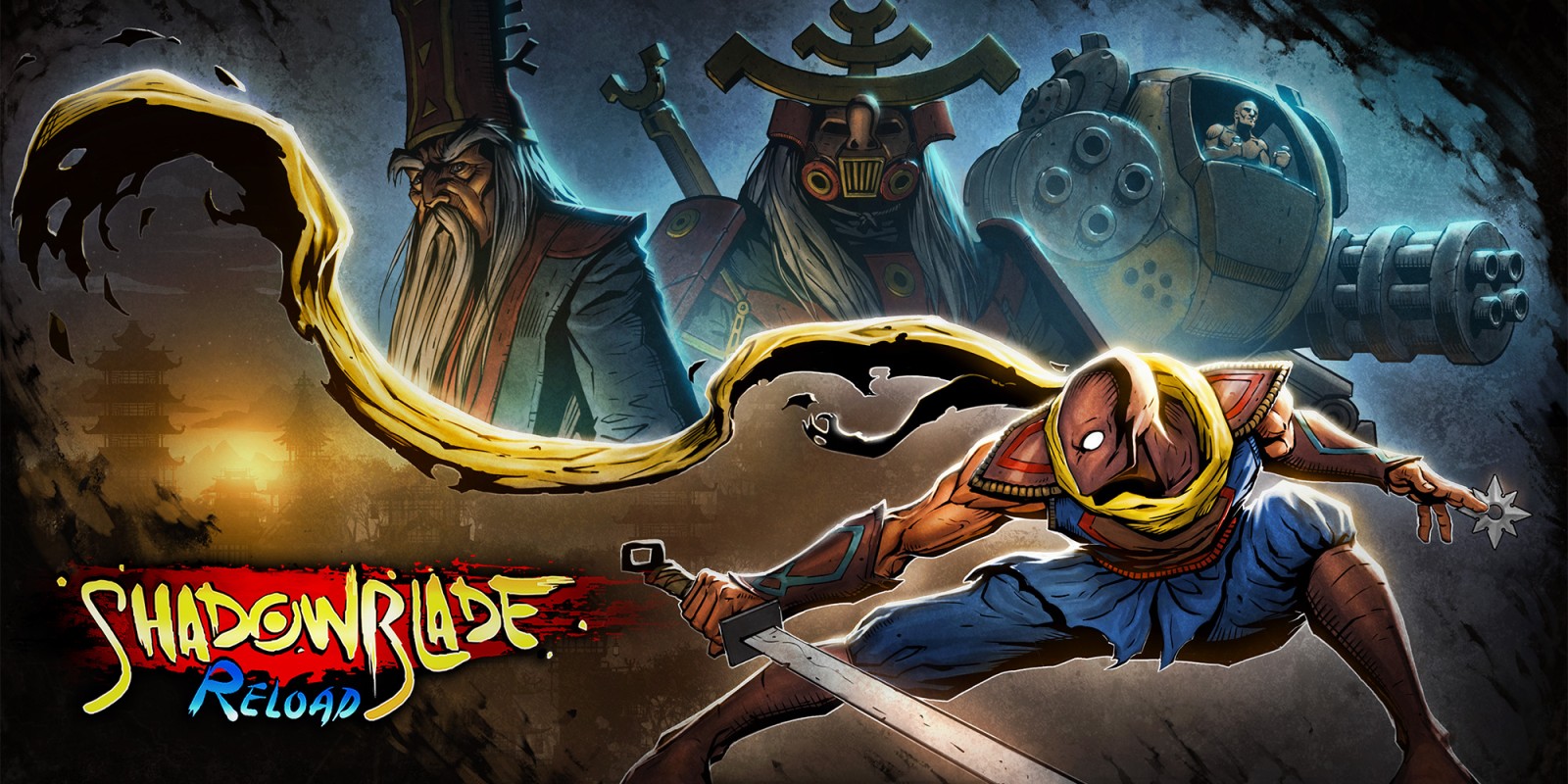

More importantly, you can use an action to spend a use of your healer’s kit to restore 1d6 + 4 hit points + additional hit points equal to that creature’s maximum number of hit dice.Īlthough a creature can only be stitched together in this way once per long rest, for a level 3 party it would translate into healing every party member more than 10 hit points on average numerous times each day which is arguably much better than the 7 or so hit points casting 1st-level cure wounds can manage. While the healer’s kit is already a great item that’ll let you stabilize a target without any check, using it with this feat means the target will regain 1 hit point instead. If your party already has a dedicated healer, this feat isn’t very useful – but if all of you were hoping that another party member would take up that mantle and none of you did, this feat might be your savior! If you already have plenty of things to use your bonus action on, however, this feat is much less useful. So, if you’re a martial class who doesn’t really have much to use your bonus action on, getting an additional attack as a bonus action makes Polearm Mastery one of the best feats you can pick up – even if it means changing your favored sword for a subpar weapon type. In D&D 5e, action economy is everything in combat, and you really want to utilize not only your action but also your bonus action and your reaction whenever possible. When you take the Attack action and attack only with only a glaive, halberd, quarterstaff, or spear, this feat lets you make an additional attack as a bonus action that deals 1d4 bludgeoning damage + whatever bonus you have from the ability modifier used for the attack. Polearm Mastery is a good example of that. Listing the best feats is somewhat ironic since it really boils down to your character’s build, your adventure’s setting, and the party’s overall composition. This is an awesome feat and definitely top tier! Lucky for you (heh), Xanathar’s Guide to Everything provides the halfling-exclusive Bountiful Luck feat that lets you extend your racial luck to your allies. This trait allows you to reroll any rolls of 1 which is quite amazing – but it also makes the Lucky feat a somewhat less ideal pick. If you’re a halfling, you’re already bestowed with inherent luck through the racial trait of the same name as the Lucky feat. So, if you’re uncertain which feat to pick, Lucky is always a great choice. Being able to change the outcome of a critical failure, preventing a critical hit against you, or rerolling a saving throw against a powerful spell can literally be a game-changer – and is something that any class can use! Why is Lucky so great? Well, since D&D is a game of dice, it’s also a game of luck, and sometimes, the dice just aren’t with you. You can even spend these luck points after you roll the die but before the outcome is determined, which (in some ways, at least) makes it even more powerful than the Divination wizard’s hailed Portent feature which can only be used once per turn and before the roll is made. The lucky feat provides you with 3 “luck points” on each adventuring day that can be used to roll an additional d20 whenever you make an attack roll, an ability, or a saving throw – or when an attack roll is made against you! (Your mystic double misses, but your true attack might hit.) If you use the lower die result, or if both die results are the same, your attack deals an extra 1d6 points of cold damage as both the mystic double?s attack and your true weapon strike home.Being lucky is awesome, and although picking up the Lucky feat in D&D 5E won’t make your character Gladstone Glander, it’s not far from it! If you use the higher die result, resolve your attack as normal. Unlike on a normal attack, you roll 2d20 and select which of the two die results to use. In this case, the shadow blade discharges its magic and imbues your attack with cold energy.Īs part of this maneuver, you make a single melee attack against an opponent.

In most cases, the illusory weapon distracts your foe and allows your true attack to hit. As you attack, your foe must decide which weapon to defend against. This maneuver allows you to create a mystical double of your weapon. As you make your attack, both your true weapon and the illusion slash at your foe. You weave your weapon in an elaborate pattern, creating an illusory double that glows with white energy.


 0 kommentar(er)
0 kommentar(er)
